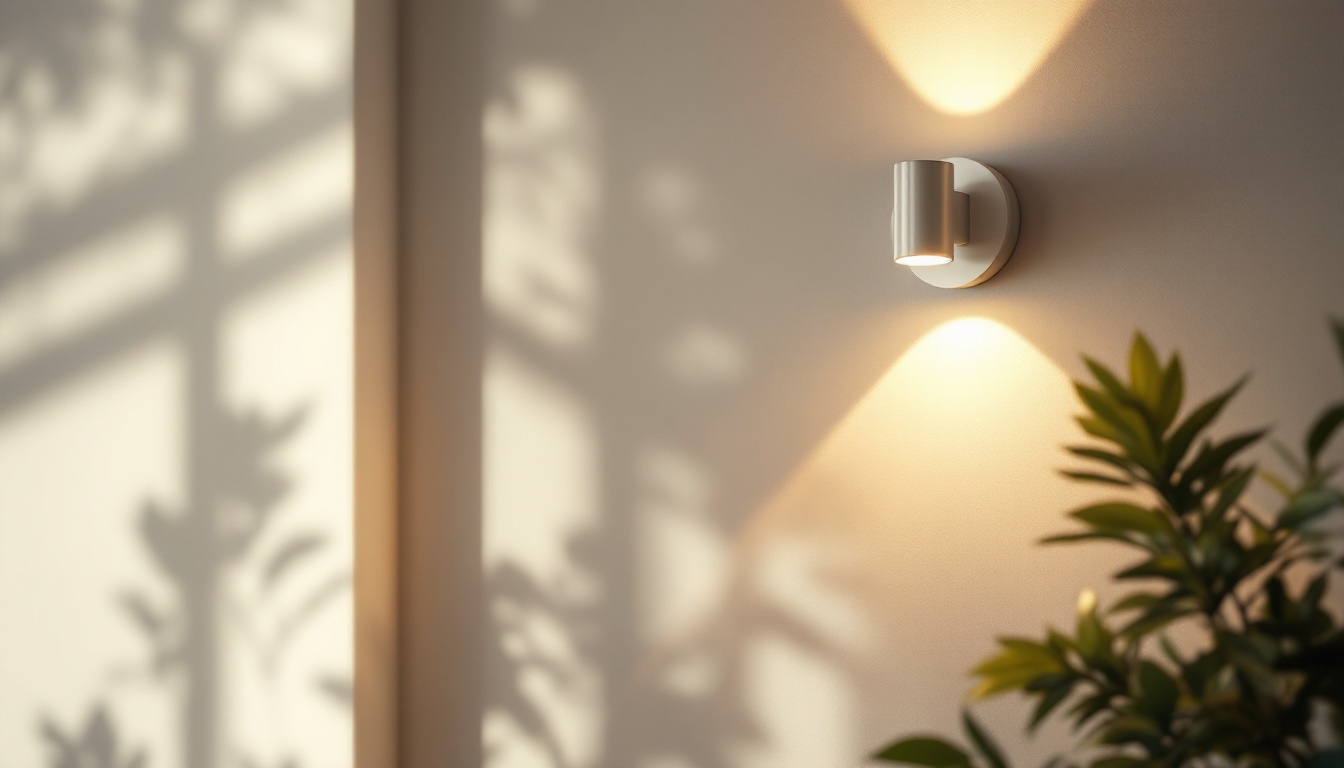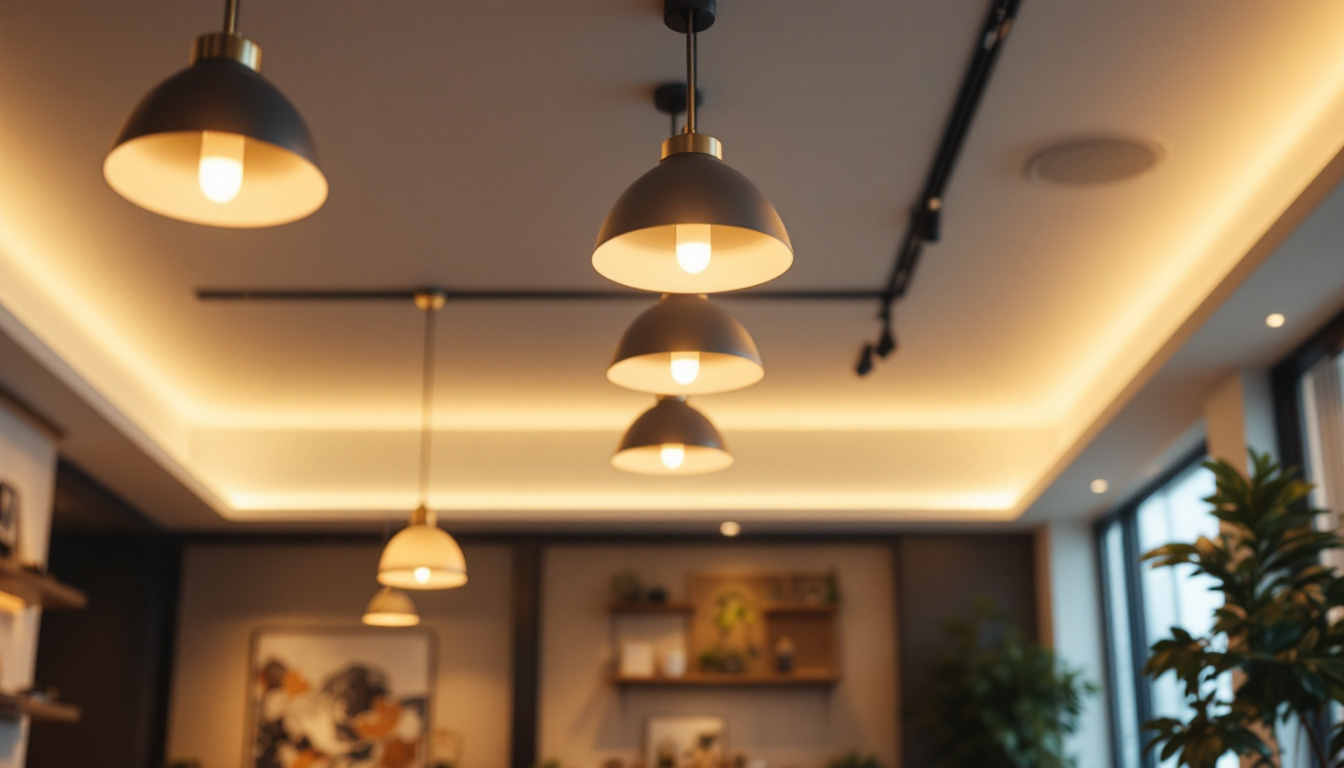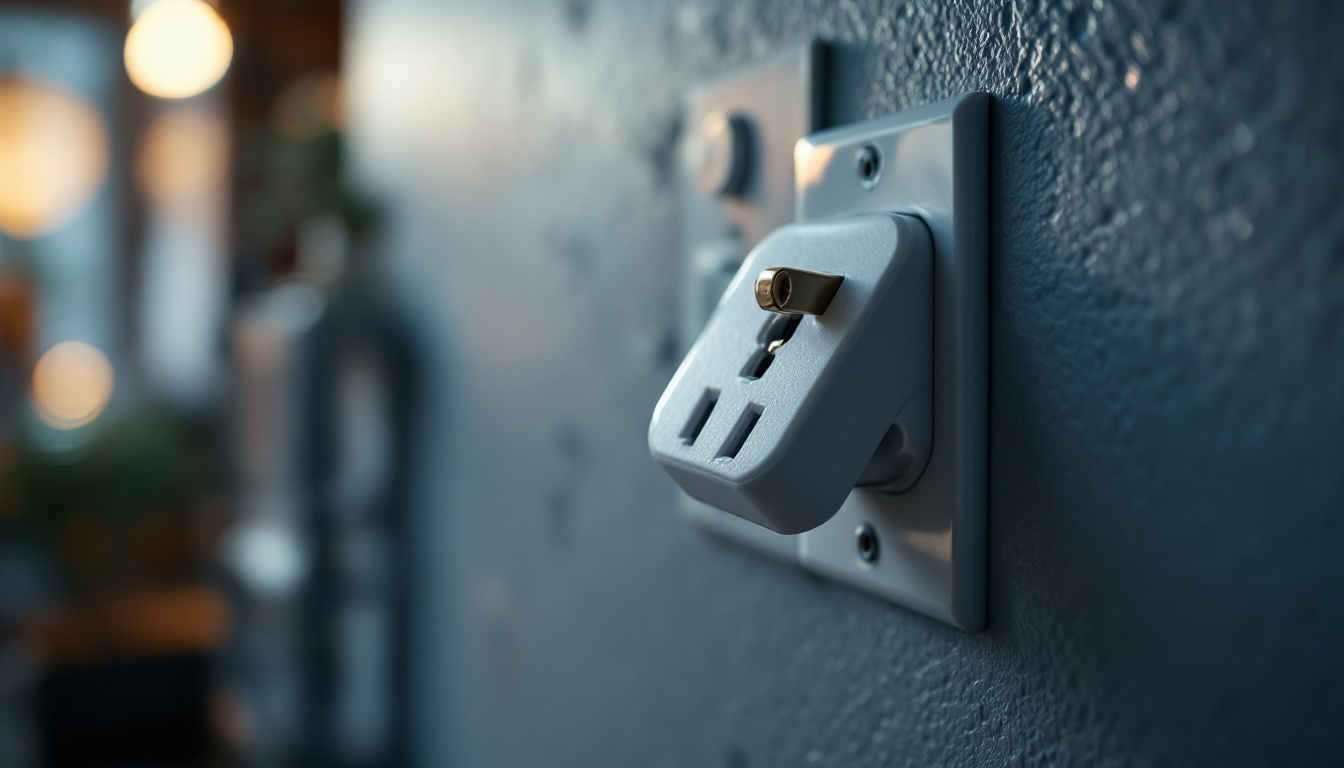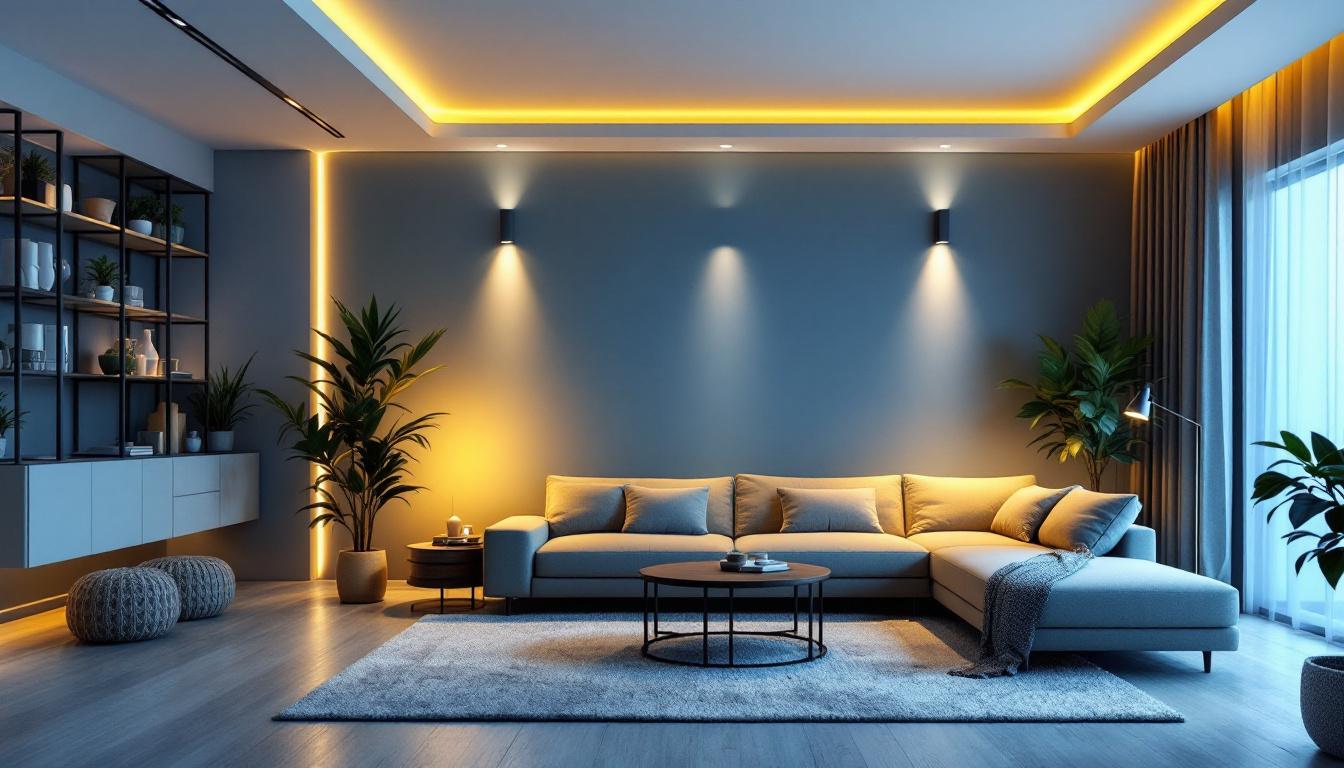
In the realm of lighting design, wall mount light fixtures have emerged as a versatile and efficient solution for a variety of spaces. Whether in residential, commercial, or industrial settings, these fixtures can significantly enhance both functionality and aesthetics. However, to truly maximize their potential, it’s essential to consider several factors that contribute to their efficiency. This article delves into the best practices for optimizing wall mount light fixtures, ensuring that they deliver the best performance while minimizing energy consumption.
Wall mount light fixtures come in various styles, sizes, and functionalities, making them suitable for different applications. They can serve as ambient, task, or accent lighting, depending on their design and placement. Understanding the types of wall mount fixtures available is crucial for making informed decisions about their use.
There are several types of wall mount light fixtures, including sconces, flush mounts, and picture lights. Sconces are often used to create ambient lighting and can be placed at various heights to achieve the desired effect. Flush mounts, on the other hand, are typically installed closer to the wall and are ideal for spaces with low ceilings. Picture lights are designed to highlight artwork or photographs, adding a touch of elegance to any room. Additionally, there are also wall-mounted LED strips that provide a modern touch, offering customizable colors and brightness levels, making them perfect for contemporary spaces or accentuating specific areas.
Wall mount fixtures are incredibly versatile and can be used in numerous settings. In residential spaces, they can illuminate hallways, accentuate architectural features, or provide reading light beside a bed. In commercial environments, these fixtures can enhance the ambiance of retail spaces, restaurants, and offices. For instance, in a restaurant, strategically placed sconces can create a warm and inviting atmosphere, encouraging patrons to linger longer. Understanding the specific application will guide the selection process and ensure optimal performance. Furthermore, wall mount fixtures can also be utilized outdoors, providing safety and security while enhancing the aesthetic appeal of patios, gardens, or entryways, proving that their functionality extends well beyond the confines of indoor spaces.
To optimize wall mount light fixtures for maximum efficiency, several key factors should be taken into account. These include the choice of light source, fixture placement, and the use of smart lighting technology. Each of these elements plays a vital role in achieving the desired lighting effect while minimizing energy consumption.
The type of light source used in wall mount fixtures can significantly impact efficiency. Traditional incandescent bulbs have been largely replaced by more energy-efficient options such as LED and CFL bulbs. LEDs, in particular, are known for their longevity and low energy consumption, making them an ideal choice for wall mount fixtures.
When selecting a light source, consider the color temperature as well. Warmer tones (around 2700K to 3000K) are often preferred for residential settings, while cooler tones (4000K to 5000K) may be more suitable for commercial applications. The right color temperature not only enhances the aesthetic appeal but also contributes to the overall efficiency of the lighting system. Moreover, the color rendering index (CRI) of a light source is another critical factor. A higher CRI indicates that colors will appear more vibrant and true to life, which can be particularly important in spaces where color accuracy is essential, such as art studios or retail environments.
Proper placement of wall mount fixtures is crucial for maximizing their effectiveness. Fixtures should be positioned to provide adequate illumination without causing glare or shadows. In residential settings, sconces should be installed at eye level to create a warm and inviting atmosphere. In commercial spaces, fixtures should be arranged to ensure even distribution of light, avoiding overly bright or dark areas.
Additionally, consider the layout of the space and the activities that will take place there. For example, in a hallway, fixtures should be spaced evenly to provide consistent lighting, while in a reading nook, a wall-mounted sconce should be positioned to direct light onto the reading material without causing discomfort. It’s also beneficial to think about the reflective surfaces in the room; light-colored walls and ceilings can help bounce light around, enhancing overall brightness and reducing the number of fixtures needed. Furthermore, incorporating dimmers can allow for flexibility in lighting levels, enabling users to adjust the ambiance according to the time of day or specific activities, thus further enhancing energy efficiency while maintaining comfort.
The integration of smart lighting technology can further enhance the efficiency of wall mount fixtures. Smart systems allow for greater control over lighting, enabling users to adjust brightness levels, color temperatures, and even schedules based on their needs. This flexibility not only improves user experience but also contributes to energy savings. With the ability to create customized lighting scenes for various activities—such as reading, entertaining, or relaxing—users can tailor their environment to suit their mood and enhance their overall well-being.
Smart lighting systems offer numerous benefits, including remote control capabilities and automation. Users can adjust their lighting from anywhere using a smartphone app, ensuring that lights are only on when needed. Additionally, automation features can be programmed to turn lights on or off based on occupancy, significantly reducing energy waste. For instance, a smart lighting system can detect when a room is unoccupied and automatically dim or turn off the lights, providing both convenience and energy efficiency.
Moreover, smart lighting can be integrated with other home automation systems, allowing for a cohesive approach to energy management. This integration can lead to a more sustainable and efficient lighting solution overall. For example, smart lighting can work in tandem with smart thermostats to adjust lighting based on the time of day or the presence of natural light, further optimizing energy use throughout the home. This interconnectedness not only enhances convenience but also promotes a more environmentally friendly lifestyle.
Many smart lighting systems come equipped with energy monitoring features, allowing users to track their energy consumption in real-time. This data can provide valuable insights into usage patterns and help identify areas where energy savings can be achieved. By analyzing this information, users can make informed decisions about their lighting needs and optimize their wall mount fixtures accordingly. For instance, if a user notices that certain fixtures are consistently using more energy than expected, they can investigate potential issues or consider replacing them with more energy-efficient options.
Additionally, some advanced smart lighting systems offer predictive analytics, which can forecast future energy usage based on historical data. This capability enables users to plan their energy consumption more effectively and make proactive adjustments to their lighting habits. By understanding how and when they use energy, users can not only save on their electricity bills but also contribute to a larger effort in reducing their carbon footprint. This level of insight transforms lighting from a simple utility into a powerful tool for environmental stewardship and personal empowerment.
While efficiency is paramount, the aesthetic appeal of wall mount light fixtures should not be overlooked. The right fixture can enhance the overall design of a space, creating a harmonious balance between functionality and style. Selecting fixtures that complement the existing decor can elevate the ambiance and contribute to a more inviting environment.
When choosing wall mount fixtures, consider the overall design theme of the space. Fixtures come in various styles, from modern and minimalist to traditional and ornate. Selecting a design that aligns with the interior decor will create a cohesive look.
Additionally, the finish of the fixture can impact both its appearance and efficiency. Matte finishes tend to diffuse light more evenly, while shiny finishes can create glare. It’s essential to strike a balance between aesthetics and functionality when making a selection.
Color and texture play a significant role in the perception of light within a space. Lighter colors tend to reflect light, enhancing brightness, while darker colors absorb light, creating a more intimate atmosphere. Consider the wall color and texture when installing wall mount fixtures, as these elements can influence the overall effectiveness of the lighting.
Proper maintenance of wall mount light fixtures is essential for ensuring their longevity and efficiency. Regular cleaning and timely bulb replacement can significantly impact performance and energy consumption. Neglecting maintenance can lead to reduced light output and increased energy use.
Dust and dirt can accumulate on fixtures over time, diminishing their effectiveness. Regular cleaning with a soft cloth and mild detergent can help maintain their appearance and performance. It’s advisable to turn off the power before cleaning to ensure safety.
Additionally, check for any signs of wear or damage, such as frayed wires or loose connections. Addressing these issues promptly can prevent further damage and ensure the fixture operates efficiently.
Replacing bulbs at the first sign of dimming or flickering is crucial for maintaining optimal performance. While LED bulbs have a longer lifespan compared to traditional bulbs, they still require replacement after a certain period. Keeping track of bulb life and replacing them as needed will ensure that wall mount fixtures continue to provide efficient lighting.
Wall mount light fixtures offer an excellent opportunity to enhance both functionality and aesthetics in various settings. By understanding the types of fixtures available, considering factors that influence efficiency, and incorporating smart technology, lighting contractors can optimize these fixtures for maximum performance. Furthermore, attention to design elements and regular maintenance will ensure that wall mount fixtures not only illuminate spaces effectively but also contribute to energy savings and sustainability.
In a world increasingly focused on efficiency and design, wall mount light fixtures stand out as a practical solution for lighting needs. Embracing these strategies will not only improve lighting quality but also foster a more sustainable approach to illumination.
Ready to take your lighting projects to the next level? At LumenWholesale, we provide lighting contractors with the finest selection of wall mount light fixtures designed for peak efficiency and aesthetic appeal. Our commitment to quality and affordability means you can access spec-grade lighting products at wholesale prices, ensuring your projects shine without straining your budget. With free shipping on bulk orders, LumenWholesale is your go-to source for premium lighting solutions. Elevate your lighting game and discover wholesale lighting at the best value today!

Discover the top strategies lighting contractors use to enhance spaces with drop ceiling light fixtures.

Discover the science of locking plugs in outlets and its significance for lighting contractors.

Discover the essential guide for lighting contractors on outlet switches, covering installation tips, safety protocols, and innovative solutions to enhance your projects.

Discover the essentials of recessed can lighting with insights from expert lighting contractors.